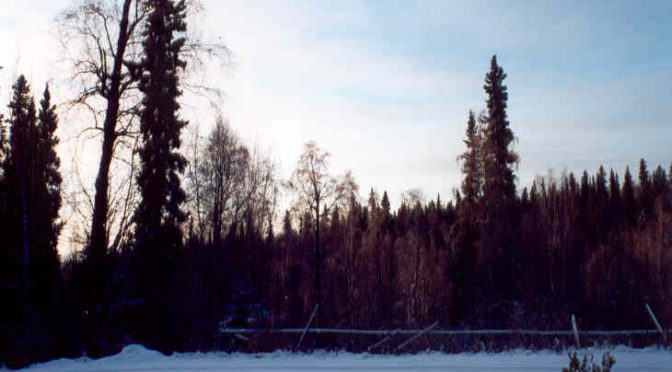Snow characteristics, observation methods, errors, and climatology
So far we have only looked at rain. This unit discusses the solid phase of precipitation – snow – to complete the discussion of precipitation that is the input into the terrestrial or oceanic paths of the hydrological cycle. We will apply material from previous units to establish climatology.
Goals
The goal of this unit is to explain the hydrological importance of snow, snow characteristics, and introduce snow measurement method as well as explain the global snow distribution.
After successful completion of this unit students will be able to
- Discuss the hydrological importance and characteristics of snow
- Apply snow measurements and assess measurement errors
- Identify advantages and disadvantages of various snow measurement devices
- Convert snow measurements in water equivalent
- Discuss the distribution of snow as a function of elevation, aspect, and vegetation
Students’ tasks
- Read Dingman’s Chapter 5. to 5.4.2 (included)
- Take notes and prepare to present the material
- Fill out the questionnaire prior to the day of class before 1500 Alaska time
- Watch this video:
- Solve the problems assigned at your class level in this Unit 7 Applications Sheet by Thursday 2359 Alaska Time.
Supplemental Material
Worked examples (optional)
Snow volume, height, density relationship
Snow water equivalent
